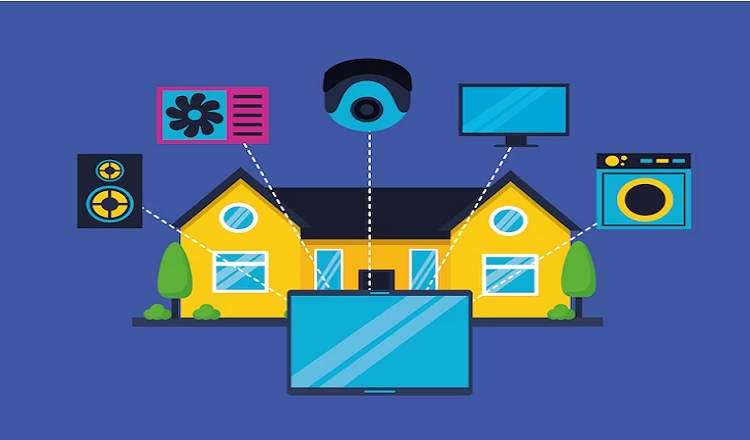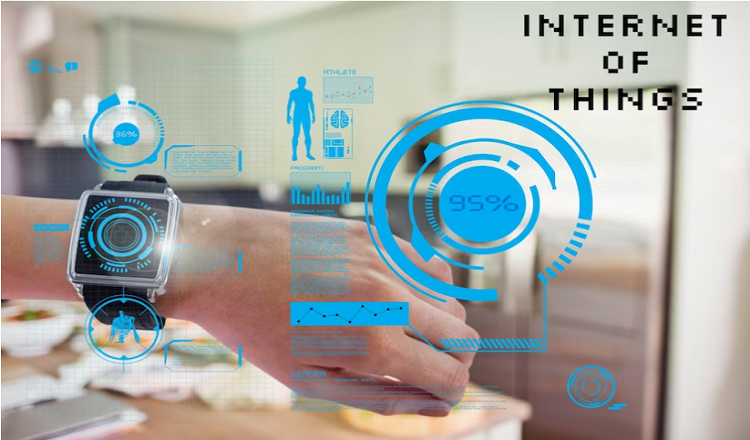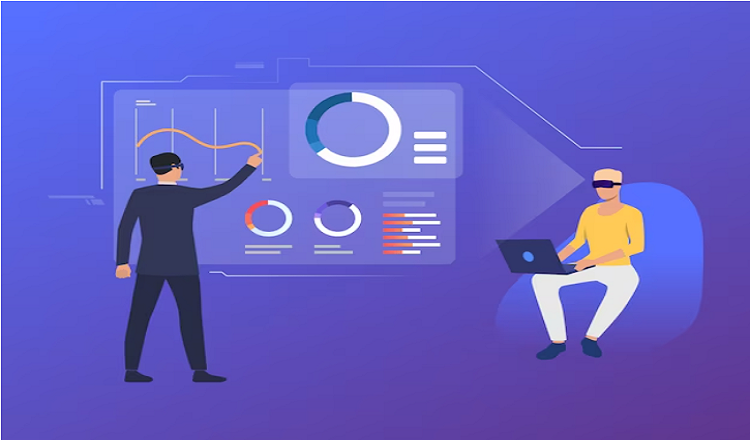Welcome to the future, where our homes are becoming smarter and more connected than ever before. With the rise of IoT technology, we can now control almost every aspect of our homes using our smartphones, from turning on the lights to setting the thermostat to brewing a fresh pot of coffee. But with great power comes great responsibility, and there are both benefits and challenges to implementing this technology in our homes.
On the one hand, IoT technology can make our lives easier and more convenient. Imagine being able to control your entire home from one device, without having to get up off the couch. Smart home devices can also help us save money and energy, by automatically adjusting settings based on our preferences and habits. And let’s not forget the fun factor – who wouldn’t love being able to set the perfect ambiance for a movie night with just a few taps on their phone?
But on the other hand, there are also significant challenges to consider when it comes to implementing IoT technology in the home. From security risks to privacy concerns to the sheer complexity of setting up and managing multiple devices and services, there are plenty of obstacles that homeowners need to be aware of. In this blog post, we’ll explore the benefits and challenges of implementing IoT technology in the home, and offer some tips and best practices for making the most of this exciting new frontier. So sit back, grab a cup of coffee (brewed by your trusty IoT-enabled coffee maker, of course), and let’s dive in!
The benefits and challenges of implementing IoT technology in the home
IoT technology offers a wide range of benefits for homeowners looking to make their lives easier and more efficient. One of the key advantages of IoT technology in the home is its ability to increase energy efficiency. Smart thermostats and lighting systems can automatically adjust settings based on occupancy and usage patterns, helping homeowners save money on their energy bills while reducing their carbon footprint.
IoT technology can also improve security in the home, with smart locks, cameras, and sensors providing real-time alerts and remote access to keep homeowners informed and in control. Additionally, IoT technology can simplify tasks like grocery shopping and cooking, with smart refrigerators and ovens tracking inventory, suggesting recipes, and even preheating the oven before you arrive home. With these and many other benefits, it’s no wonder that more and more homeowners are turning to IoT technology to make their homes smarter and more connected than ever before.
Challenges of IoT in the Home
While IoT technology in the home can offer many benefits, it also comes with its fair share of challenges. One of the primary challenges is related to privacy and security. Connected devices can collect and transmit sensitive data, such as personal information or usage patterns, which can be vulnerable to hackers and other malicious actors. Additionally, the complexity of integrating multiple devices and services can lead to compatibility issues and technical difficulties, which can be frustrating and time-consuming for homeowners.
To address these challenges, it’s important for homeowners to choose secure and reputable devices and services, set strong passwords, and regularly update software. It’s also crucial to be mindful of privacy concerns and to take steps to protect personal data. By being aware of these challenges and taking proactive steps to mitigate them, homeowners can enjoy the benefits of IoT technology in the home while minimizing risks.
Security Risks of IoT in the Home
IoT technology in the home can pose significant security risks, as hackers can exploit vulnerabilities in connected devices to gain access to sensitive information or control over home systems. For example, a hacker might use a compromised smart lock to gain entry to a home, or use a hacked security camera to monitor activity. Additionally, IoT devices can be used as entry points for larger-scale attacks, such as botnet attacks that harness the processing power of multiple devices to launch a coordinated attack on a larger target.
To mitigate these risks, it’s important for homeowners to choose secure and reputable devices, set strong passwords, and regularly update software. It’s also crucial to be mindful of phishing scams and other social engineering tactics that hackers use to gain access to devices. By being vigilant and proactive about security, homeowners can protect themselves from the potential risks of IoT technology in the home.
Privacy Concerns of IoT in the Home
IoT technology in the home can also raise significant privacy concerns, as connected devices can collect and share data about homeowners and their activities. This data can include personal information, usage patterns, and even audio and video recordings, which can be vulnerable to exposure or misuse. For example, a hacked smart speaker or security camera could reveal sensitive information or recordings to unauthorized users, while data collected by other devices could be sold or shared with third-party advertisers without the homeowner’s knowledge or consent.
To address these concerns, it’s important for homeowners to understand what data their devices are collecting, and to be mindful of their privacy settings and permissions. It’s also crucial to choose devices from reputable manufacturers and to regularly update software to address any known vulnerabilities. By being proactive about privacy, homeowners can enjoy the benefits of IoT technology in the home without compromising their personal data or security.
Best Practices for Implementing IoT in the Home
Implementing IoT technology in the home can offer numerous benefits, but it’s important to take steps to minimize the associated risks. Homeowners can follow some best practices to ensure that their devices and data remain secure. One of the most important steps is to choose reputable devices and services that have a track record of security and privacy protection. It’s also important to set strong passwords and to regularly update software to address any known vulnerabilities. Additionally, homeowners should be mindful of their privacy settings and permissions, and avoid connecting devices to public Wi-Fi networks. By following these best practices, homeowners can enjoy the benefits of IoT technology in their homes without compromising their security or privacy
Conclusion
In conclusion, implementing IoT technology in the home can offer numerous benefits, such as increased energy efficiency, improved security, and simplified tasks. However, it also comes with its fair share of challenges, such as privacy and security risks, as well as the complexity of integrating multiple devices and services.
To mitigate these risks, homeowners can follow best practices such as choosing secure and reputable devices and services, setting strong passwords, and regularly updating software. It’s also crucial to be mindful of privacy concerns and to take steps to protect personal data.
Overall, while there are certainly challenges to implementing IoT technology in the home, the potential benefits make it a worthwhile investment for many homeowners. With proper planning, research, and consideration of security and privacy risks, homeowners can enjoy the convenience and efficiency of IoT technology in their homes while minimizing potential risks. As IoT technology continues to evolve, it will be important for homeowners to stay informed and take proactive steps to ensure the security and privacy of their connected devices.




